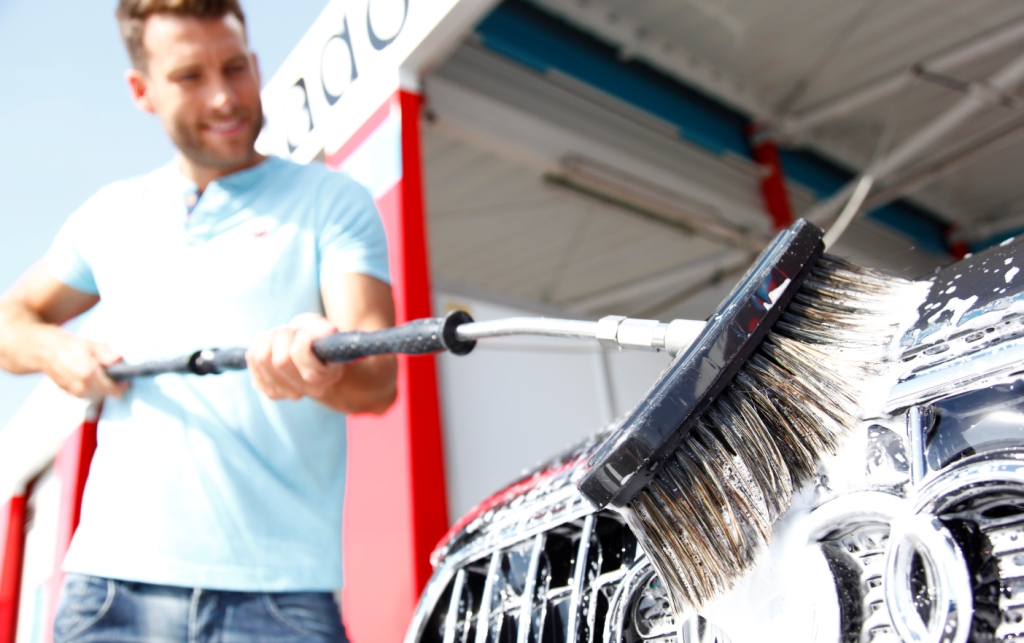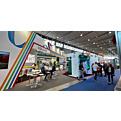Not maintaining regular cleaning of the car, not respecting all stages of the wash, removing dry spots and using inappropriate products, are some of the common mistakes that are made when washing the car in summer and can damage the vehicle. Today, ISTOBAL has advised that at least weekly cleaning should be carried out at this time of year to protect the vehicle.
According to the company, dirt on the bodywork deteriorates the paintwork, affects the colour tone itself and causes a loss of shine. Experts also recommend that cleaning up sand, salt, resin, insects and bird droppings should be done as soon as possible, as heat and solar exposure accelerates the corrosion process and can cause irreversible damage to paintwork, rust or scratch various parts of the vehicle.
Similarly, ISTOBAL recommends respecting all phases of the wash (pre-wash, wash, rinse, wax and dry) as the pre-wash is often omitted. Pre-washing is recommended even when the vehicle is not heavily soiled, in order to remove all kinds of oils, dust and organic residues and therefore protect the car body and other components.
Before starting the pre-wash, the company advises a quick rinse with water to cool the surface of the car if it is very hot. It also recommends using anti mosquito shampoos and polishing waxes to protect the body from UV rays and keep the car cleaner for longer.
In jet wash facilities, it recommends maintaining a minimum distance of 30 cm from the tip of the lance to the vehicle to avoid excessive water pressure on the car. When cleaning the tyres, avoid going to the same spot for more than 5 seconds, as well as directly between the rim and the tyre so that the seal is not affected. It is also not recommended to apply the high-pressure water jet directly to electrical components.
It also warned that removing stains from the vehicle dry can damage the car, so use a brush with a water wash program and a suitable cleaning agent. It also warns of the use of inappropriate products, such as old, abrasive cloths and sponges, which can damage the vehicle surface.
Forgetting to clean the windscreen wiper blades is another common mistake reported by ISTOBAL. These are often damaged by heat and should be soaked regularly to prevent them from drying out, and a cloth should be used to remove any substances and make them easier to dry.
Most common errors in interior cleaning
ISTOBAL advises the use of specific products recommended for cleaning these surfaces for interior cleaning. In this regard, it points out that the use of hydro-alcoholics for interior cleaning and sanitisation can cause damage, especially at high temperatures, by drying out the dashboard material and affecting screens or plastics.
Failure to plan the action of vacuuming is another common mistake that prevents an optimal finish and wastes unnecessary extra time. Therefore, it is advisable to dispose of the waste from the passenger compartment (papers, bottles, etc.) first, remove the mats and empty the boot before vacuuming, use the blower to remove the dust collected in any corner, and remember to vacuum the mats before placing them in a mat cleaner.
Manual cleaning at home is the most water-intensive option
ISTOBAL also pointed out that manual cleaning with a hose at home is the most water-intensive option, and pollutes the environment more. In this regard, it has reported that around 500 litres of water are often wasted per car, according to data from the Ecology and Development Foundation (ECODES), without taking into account that products and detergents are not treated before they are disposed of.
ISTOBAL points out that rollovers and high-pressure jet washes are the methods that lead to lower water consumption. In this way, the technology used in jet washes offers a complete service with an average consumption of between 40 and 60 litres. The rollovers use an average of 160 litres of water per complete wash program, of which 100% of the water can be reused by advanced recycling systems.






























